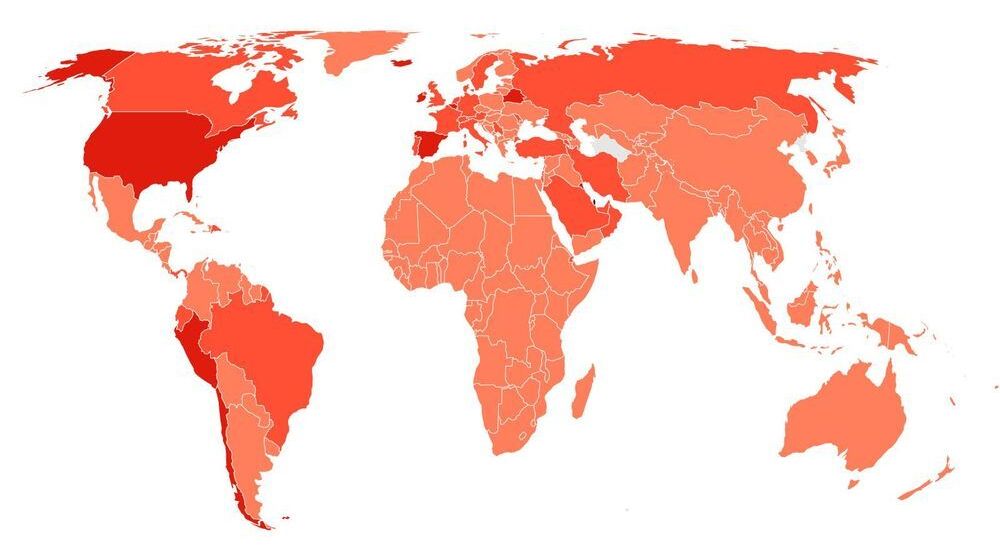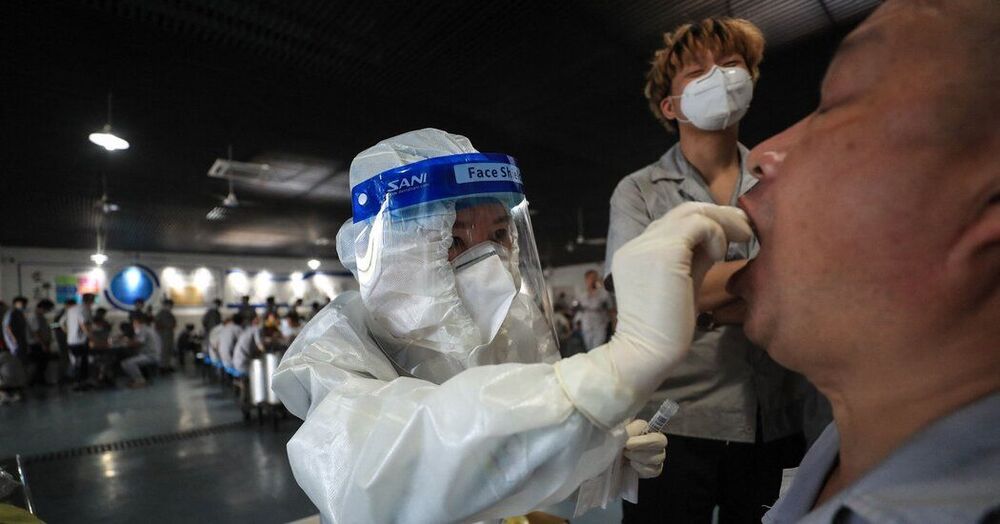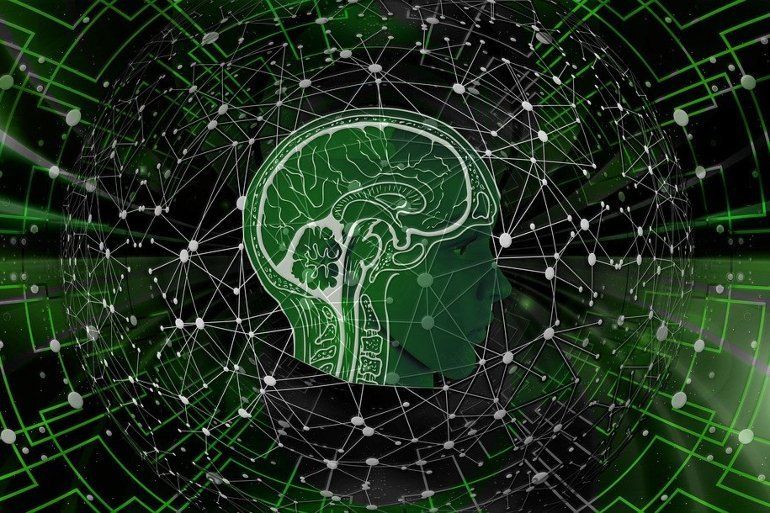A great beginning, but more research is needed.
While there are treatments for temporarily alleviating the symptoms of dementia, there is currently no cure available. The search is therefore on to identify lifestyle factors, such as diet, that can reduce individuals’ risk of developing the condition.
Previous research into possible links between eating foods rich in flavonoids and reduced risk of cognitive decline later in life has been inconclusive, however.









